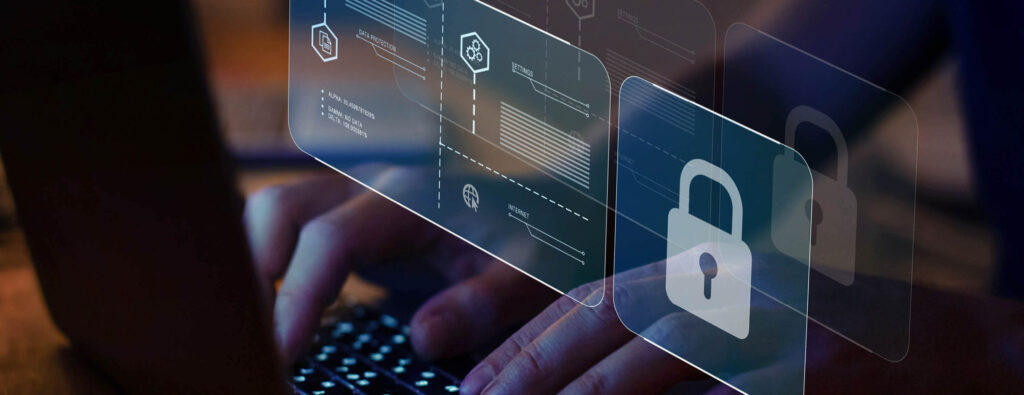In an era of rapid technological advancement, emergency managers must proactively understand, predict, and prepare for emerging cyber threats. Emerging cyber technologies, such as Artificial Intelligence (AI), quantum computing, and advanced machine learning, are transforming the digital landscape at an unprecedented pace. This article highlights some pivotal technologies and offers guidelines for safeguarding IT systems infrastructure.
Emerging Technologies:
- Quantum Computing: Beyond classical binary systems, quantum computing can potentially increase processing power exponentially. This can revolutionize encryption and potentially break traditional cryptographic methods, putting most encrypted data at risk.
- Advanced Connectivity (5G and Beyond): As 5G becomes ubiquitous, and with talks of 6G already underway, we’re looking at faster data transmission speeds. Faster connectivity means more devices online, resulting in an expanded attack surface for potential cyber threats.
- AI and Machine Learning: At the heart of the fourth industrial revolution, AI’s data analysis, pattern recognition, and decision-making capabilities present immense opportunities and vulnerabilities. As AI systems become integrated into critical infrastructure, there’s potential for misuse or exploitation. AI is increasingly used in cyber-attacks for pattern recognition, prediction, and automated hacking efforts. Also, machine learning models evolve. They become more adept at mimicking human behavior and spotting vulnerabilities and can be weaponized for cyberattacks.
- Decentralized Systems and Blockchain: Though blockchain offers enhanced security due to its decentralized nature, it’s not invulnerable. As adoption grows, expect to see more targeted attacks on these platforms.
- Internet of Things (IoT): IoT refers to the network of physical devices, vehicles, home appliances, and other items embedded with electronics, software, and network connectivity, which enable these objects to connect, exchange data, and interact. This interconnectedness allows for more direct integration of the physical world into computer-based systems, leading to increased efficiency, accuracy, and economic benefit. IoT is about making everyday objects “smart” by allowing them to communicate and make decisions without human intervention. The proliferation of interconnected devices can be a goldmine for cyber attackers if not properly secured.
Safeguarding IT Infrastructure:
- Continuous Education: As technology evolves, so should your team’s understanding. Start researching and transitioning to quantum-resistant cryptographic algorithms and keep abreast of the latest developments in quantum computing. Regular training sessions and workshops on the latest threats and defense mechanisms are essential.
- Embrace AI Defense: Just as attackers use AI, deploy AI-driven security solutions to predict, detect, and neutralize threats in real-time. Regularly update and train your models. Consider adversarial training to make your machine learning models robust against attacks.
- Hybrid Cloud Strategies: Using a combination of public and private clouds can reduce the risk of widespread data breaches. Ensure your data is encrypted, both in transit and at rest.
- Zero Trust Architecture: Implement a zero-trust framework where every user and device are treated as potentially hostile. Regularly verify identities and restrict access as needed.
- Regular Audits: Conduct thorough security audits to identify vulnerabilities. Consider third-party penetration testing to ensure an unbiased assessment.
- Stay Updated: Ensure all software, including security tools, is frequently updated. Cyber attackers often exploit outdated systems. Ensure stringent security protocols for all devices. Employ network slicing to isolate critical system components.
- Invest in R&D: Foster a culture of research and development to stay ahead of emerging tech trends.
- Collaboration: Engage with the broader community, including other emergency managers, government bodies, and tech companies. Sharing knowledge and strategies can provide insights you might not have considered.
While emerging technologies offer great promise, they also introduce new vulnerabilities. Emergency managers must adopt a forward-thinking approach to forecasting these risks and implementing robust safeguards. A combination of education, collaboration, and strong security measures will ensure that IT systems infrastructure remains resilient in the face of evolving cyber threats.



